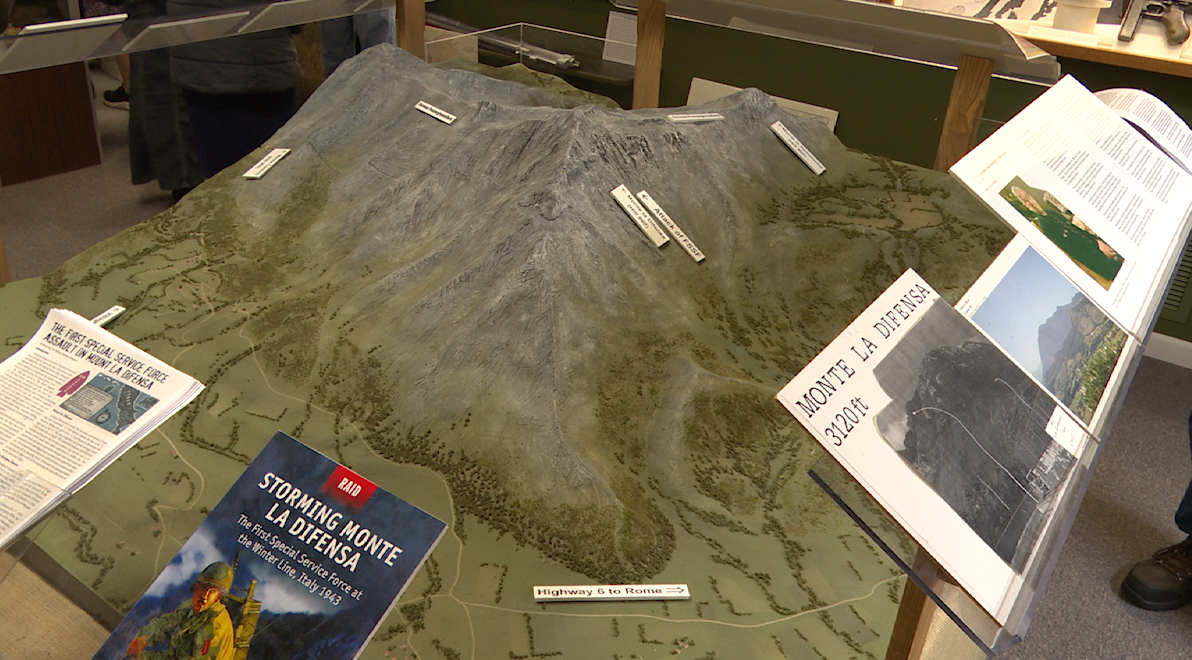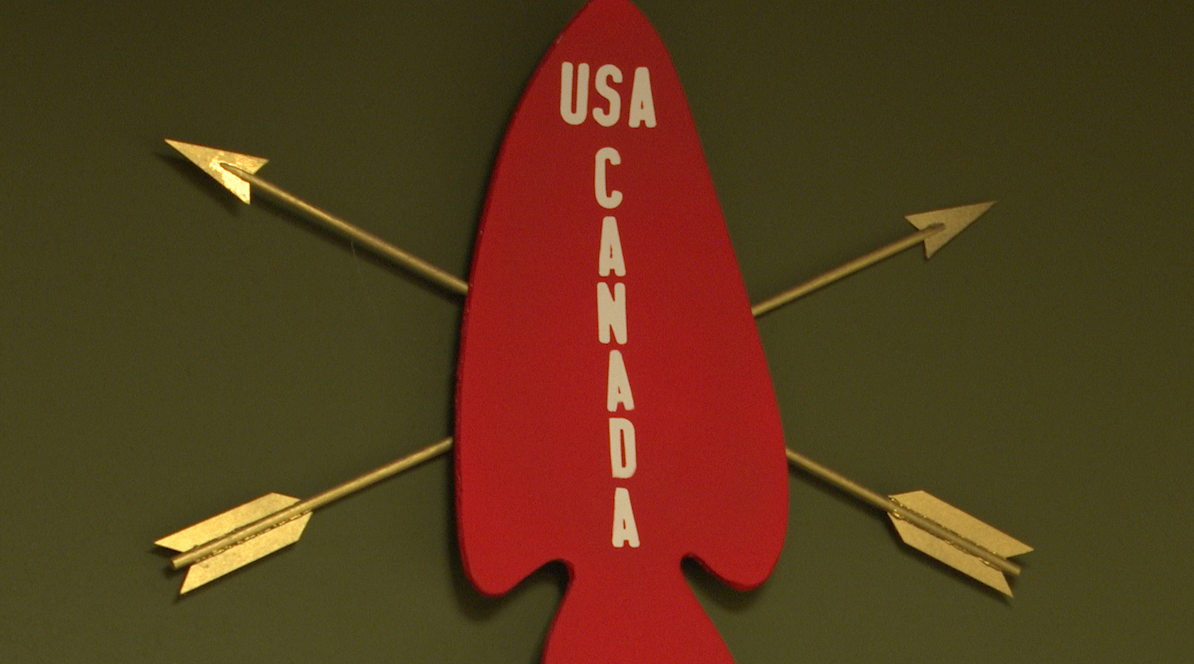HELENA — On December 3, 1943, the legacy of the First Service Special Forces (FSSF) began on a mountaintop in central Italy, where hundreds of soldiers fought the German army in the battle of Monte La Defensa.
"This mountain was their first mission. They had to climb up the cliffs. They had to get position to start with and remember that we're in the Italian Alps in December, in the winter, in the snow, in the rain," said Bill Woon, whose father was part of the First Service Special Forces.

Eighty years ago, the FSSF as they were known, had to scale a cliff 300 feet high to flank the Germans.
"Germans didn't think that the allies, anybody could get enough men, equipment, supplies up that cliff, up those cliffs to conduct any kind of an offensive action. And the force accomplished that. They cleared the mountain in about 4 hours. And that was, like I say, the launch pad for the legacy that they created over the next year of their involvement as an active unit in World War Two," said Woon.
The assault was the culmination of nine months of training that started right here in Helena. The specialized joint U.S. and Canadian force was based at Fort Harrison, specifically because of the surrounding geography.
"The environment here, the mountains, the snow, the winter was very similar to what they anticipated the environment to be in Norway, and so the decision was made once the unit stood up and was created, that they would come to Fort Harrison to train," said Woon.
Woon says that recognizing the all-volunteer unit's accomplishments on their 80th anniversary is a good time to remember and honor the sacrifices of all of our servicemen and women.
"Our entire military is volunteer too. So to recognize, not only the First Special Service Force, but the commitment that our military makes today, and the men and women who volunteer to put themselves in harm's way, to maintain and preserve what the First Special Service Force and that generation gave us," said Woon.

The unit would go on to face some of the toughest battles of the war. Earning the nickname the Devil's Brigade.
The unit endured six brutal weeks of fighting through the Italian mountains. By January, the force had been reduced from 1800 combat soldiers to fewer than 500.
"They were all more than willing to step in front of a bullet to save the body behind them. So that carried forward, and that measure of standard was anticipated that each one of those soldiers had. It carries on today," said Woon.
They helped clear the way for the rest of the Allied forces to continue their advance through Italy. After they came out of the mountains, everybody knew who the First Special Service Force was, what their capabilities were, and what the military was able to accomplish.
"I think that lineage, that legacy that was established years ago, they all tie back to a unit that is the motivator to, I guess, meet the standard," said Woon, "the standard that set the commitment, that set, the lack of a better word, that high-water mark that they have to meet is what drives a lot of them [special services] to operate today."




